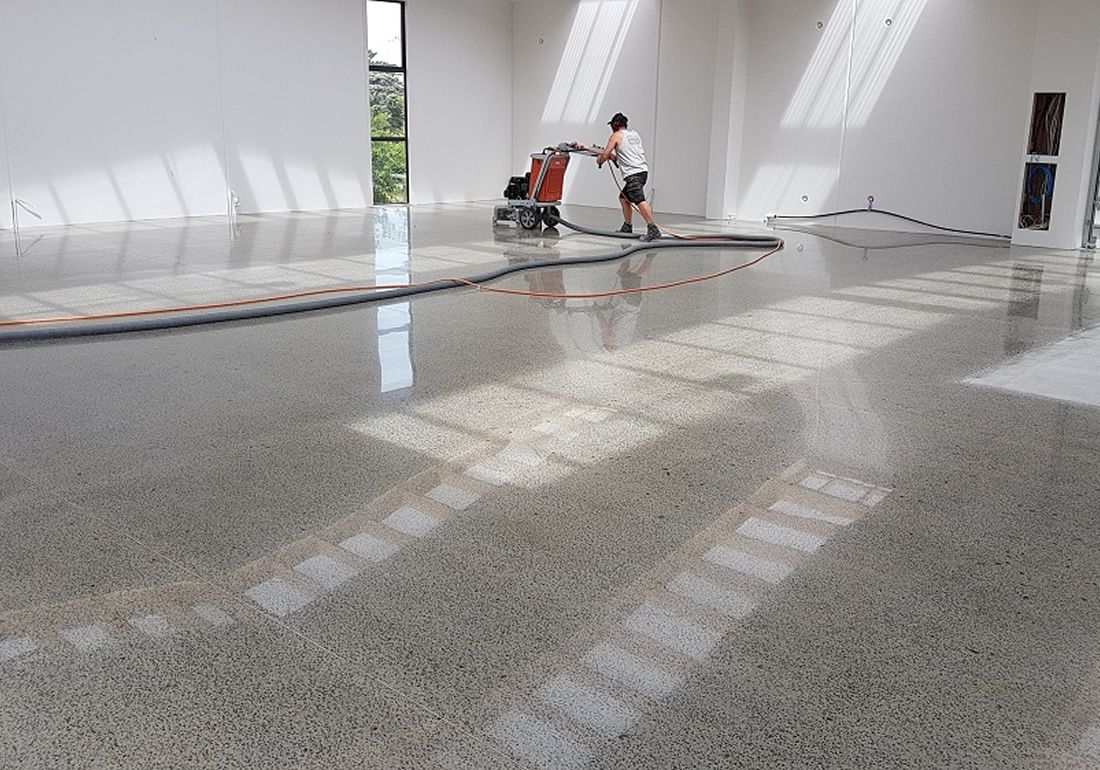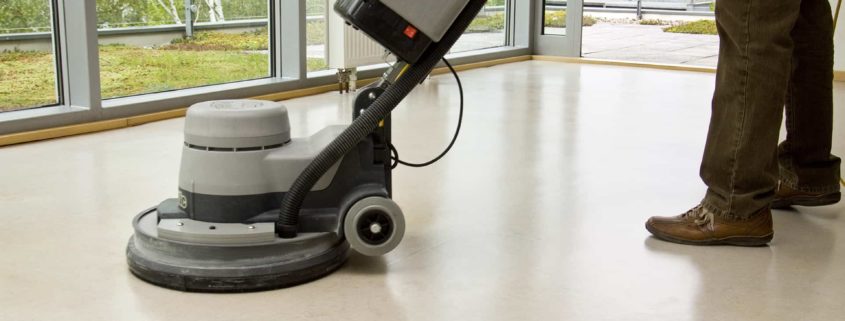The A to Z of Concrete Polishing Process for Stunning Results
Whether you are a homeowner looking to revamp your floors or a business owner aiming to create a polished and professional environment, concrete polishing is the answer.
We will guide you through the entire concrete polishing process, from understanding what concrete polishing Melbourne is to providing maintenance tips for long-lasting results.
So, let’s dive in and discover the world of concrete polishing together!
Concrete Polishing
Concrete polishing is a technique used to enhance the appearance and functionality of concrete floors. It involves mechanically grinding and polishing the surface to create a smooth and glossy finish.
Unlike traditional flooring options such as tiles or hardwood, polished concrete makes use of the existing concrete slab, eliminating the need for additional materials. This not only reduces costs but also minimises environmental impact.
One of the key benefits of concrete polishing is its durability. The polished surface is resistant to scratches, stains, and moisture, making it ideal for high-traffic areas.
Additionally, polished concrete provides excellent light reflectivity, brightening up the space and reducing the need for artificial lighting.
It is also a sustainable choice, as it eliminates the need for floor coverings that may require replacement over time.

Preparing for Concrete Polishing
Before diving into the concrete polishing Melbourne process, proper preparation is crucial. This ensures that the surface is clean, free from imperfections, and ready for transformation.
The following steps are essential for preparing your concrete floors:
- Cleaning: Begin by thoroughly cleaning the surface and removing any dirt, dust, or debris. This can be done using a broom, vacuum, or pressure washer, depending on the condition of the floor.
- Repairing Cracks: Inspect the concrete for any cracks or damages. Fill in the cracks using a suitable concrete repair product and allow it to dry completely.
- Removing Coatings or Sealants: If there are any existing coatings or sealants on the floor, they need to be removed before polishing. This can be done through mechanical means such as grinding or by using chemical strippers.
Assessing the condition of the concrete surface is also crucial at this stage. Look for any unevenness, spalling, or deep stains that may require additional repair work. By addressing these issues beforehand, you can ensure a smooth and flawless end result.
The Equipment Needed
To achieve stunning results with concrete polishing, you will need the right set of equipment.
Here are the essential tools required for the process:
- Diamond Grinding Tools: These abrasive tools are designed to remove imperfections and expose the desired amount of aggregate on the concrete surface. They come in various grit levels, allowing for different levels of grinding and polishing.
- Polishers: Polishers are used to refine the concrete surface and achieve the desired level of shine. There are different types of polishers available, including planetary polishers and rotary polishers, each serving specific purposes.
- Dust Extraction Systems: Concrete grinding and polishing can generate a significant amount of dust. To maintain a clean and safe working environment, it is essential to use a dust extraction system. This equipment helps to capture and remove the dust particles, preventing them from becoming airborne.
Steps of Concrete Polishing
Now that we have covered the preparation and equipment let’s delve into the steps involved in the concrete polishing process.
The process can be broken down into three main stages: surface preparation, polishing stages, and applying densifiers and sealers.
- Surface Preparation
The first step in the concrete polishing process is surface preparation. This involves assessing the hardness of the concrete surface and choosing the appropriate diamond tools for grinding.
The hardness can be determined using a scratch test or a hardness testing kit. Based on the hardness, the grinding process can begin.
During the grinding process, the concrete surface is mechanically abraded using diamond grinding tools. This removes any existing coatings, sealants, or imperfections, creating a smooth and level surface.
The depth of grinding depends on the desired outcome, with deeper grinding resulting in more exposure of the aggregate and a unique decorative effect.
- Polishing Stages
Once the surface is prepared, the actual polishing begins. This stage consists of multiple polishing stages, each using progressively finer grit levels to achieve the desired level of shine.
The grit levels range from coarse to fine, with each level refining the surface further.
The polishing stages typically involve using a series of diamond tools and progressively finer polishing pads.
The process is similar to sanding wood, where each pass with a finer grit level smoothens the surface and enhances its shine.
The final polishing stage ensures a high gloss finish, leaving the concrete surface looking stunning and mirror-like.
- Applying Densifiers and Sealers
After achieving the desired level of polish, the next step is to apply densifiers and sealers.
Densifiers are chemical solutions that penetrate the concrete surface and react with calcium hydroxide to create a harder and more durable surface.
This enhances the concrete’s resistance to abrasion and reduces dusting.
Sealers, on the other hand, are applied to protect the polished surface from stains, spills, and damage. They act as a barrier, preventing liquids and contaminants from penetrating the concrete.
Sealers also add an extra layer of shine and enhance the overall appearance of the polished concrete.
Maintenance Tips for Polished Concrete Floors
Once your concrete floors are polished to perfection, it is essential to maintain them properly to ensure their longevity and beauty. Here are some maintenance tips to follow:
- Regular Cleaning: Sweep or vacuum the floors regularly to remove any dirt or debris. Use a neutral pH cleaner and a microfiber mop for routine cleaning. Avoid abrasive cleaners or tools that may scratch the surface.
- Avoid Stains and Spills: Wipe up spills immediately to prevent them from seeping into the concrete. Use mats or area rugs in high-traffic areas to protect the surface from wear and tear.
- Use Floor Protectors: Attach felt or rubber pads to furniture legs to prevent scratching. Avoid dragging heavy objects across the floor, as this can damage the polished surface.
- Periodic Resealing: Over time, the sealer on the polished concrete may wear off. Periodically resealing the surface will not only maintain its glossy appearance but also provide added protection against stains and damage.
Wrapping Up
Concrete polishing is a versatile and cost-effective way to achieve stunning and durable flooring results. From residential to commercial spaces, the concrete polishing Melbourne process offers numerous benefits, including durability, sustainability, and aesthetic appeal.
Whether it’s an installation, restoration or routine maintenance, Total Floor Service is synonymous with reliability, integrity, and a commitment to transforming spaces through exceptional flooring solutions.



 Address:
Address:  Phone:
Phone:  ABN: 63 602 512 489
ABN: 63 602 512 489




